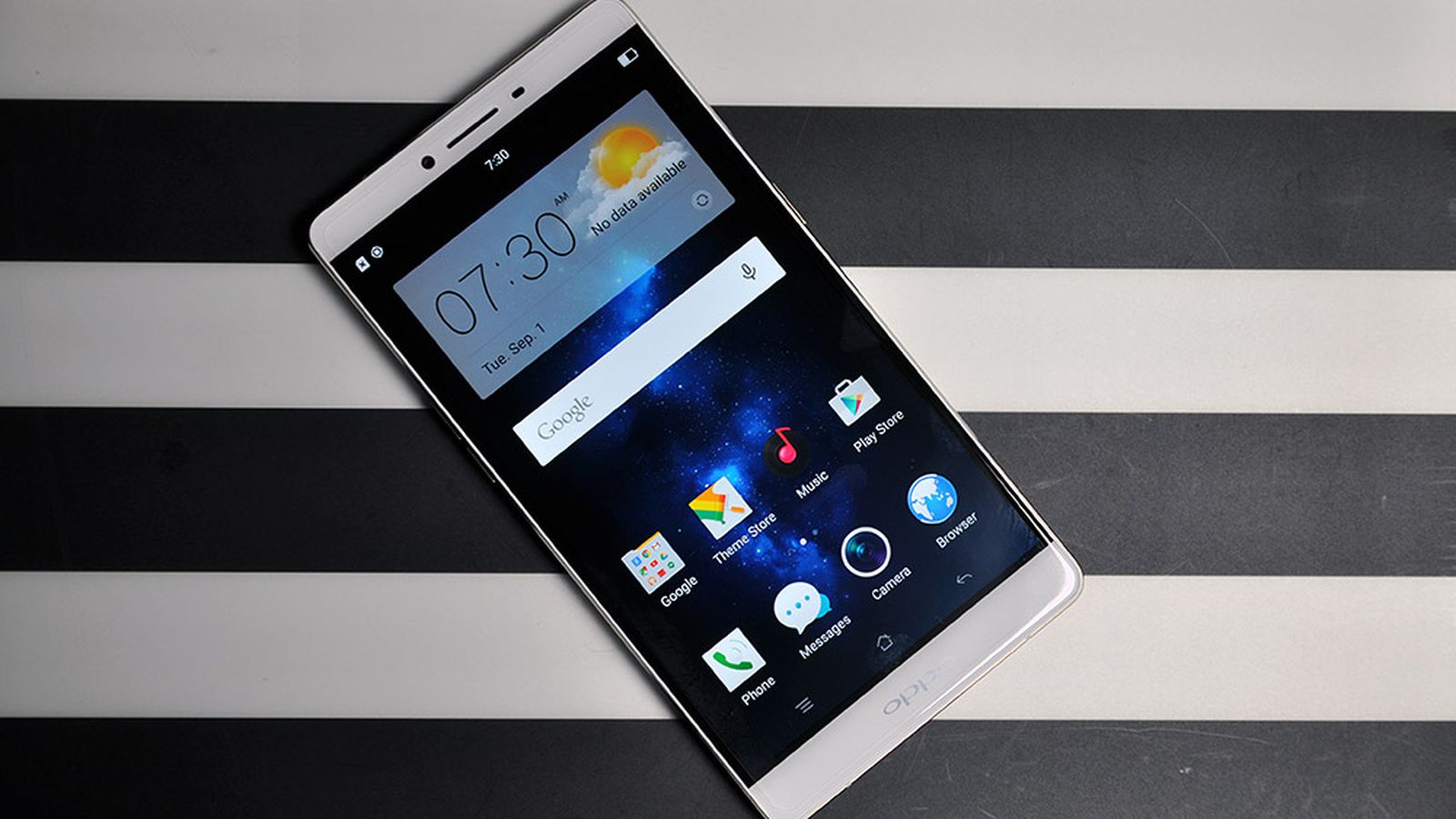For Android users tackling with battery eating apps has become a routine task. The latest case involves the heavy usage of battery by Facebook and Messenger apps that baffled a majority of smartphone users. The real reason behind this was a bug that affected the battery performance of many smartphones. Let’s take a closer look at the problem and see what can be done in this regard to avoid faster battery drainage.
In the case of Facebook’s power drain, it was figured that a server-side initiated update was the real culprit. Due to this, the app started using extra CPU cycles while also running the CPU at a higher frequency than usual. This simply means that consuming extra processing power and/or running the CPU at a higher frequency result in increased power consumption by the handset. That made your phone battery to drain faster and sometimes heat up as well. It was not a tough job for the company to fix, but they didn’t bother at all.
Major reasons behind battery drainage
The most interesting point to note here is that the power drain used to take place even when users were not on their Facebook and Messenger apps. Most of these apps continue updating themselves in the background, letting your device go out of sleep and consume more power. Generally, this is carried out smartly by utilizing the minimum CPU possible. Processor power consumption could be turned into overdrive by exploiting Android PowerManager’sWakeLock feature, overlooking general battery optimization settings, or just initiating a highly demanding task loop run in the background when it shouldn’t.
What can you do to save battery?
The first call of action is to determine the real cause behind excessive battery drainage. There is no specific app for this, although many are available. Just go to Settings > Battery > Battery Usage. Dive down to the bottom of the page and you can view the apps and services that have been eating up the most battery. You shouldn’t get surprised after seeing Android OS, Display, and even Facebook on the top, but if you notice that a particular app is consuming 20 percent or more of your battery, this is the sign of a problem.
The best way to deal with this situation is to restart the app and fix it. The answer is pretty much simple as it is more like rectifying a bug. Doing this is pretty easy. Open up the list of running apps, and swipe away the problematic app. Now run the app again and check if the problem is still there. If yes, go to Settings > Apps, choose the app and click Force Stop, it will stop all the background tasks instantly.
If you find that the problem still persists, the best solution is to uninstall the app and look for a good alternative to the same. If you don’t get any, download an app named Greenify, which is used to “hibernate” apps that generally run in the background.Its usage is simple, just choose the battery drainage app and then switch it to manual hibernation.





















